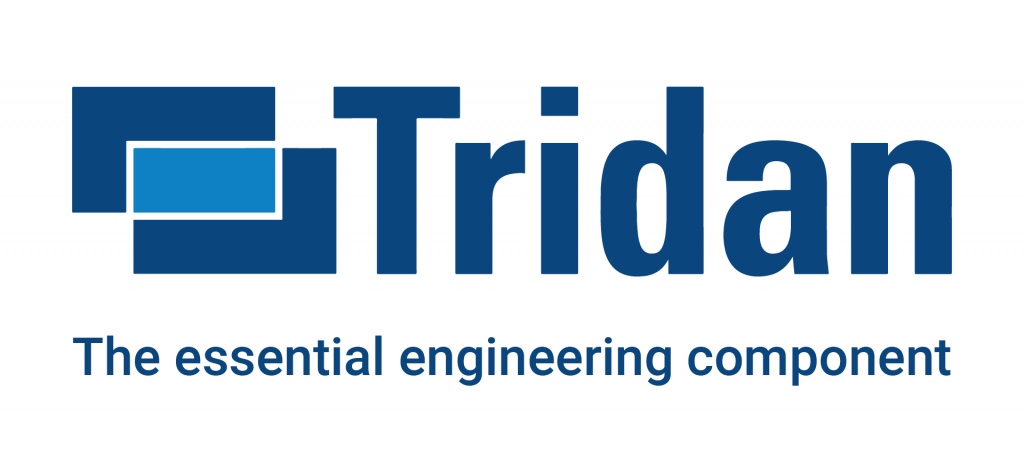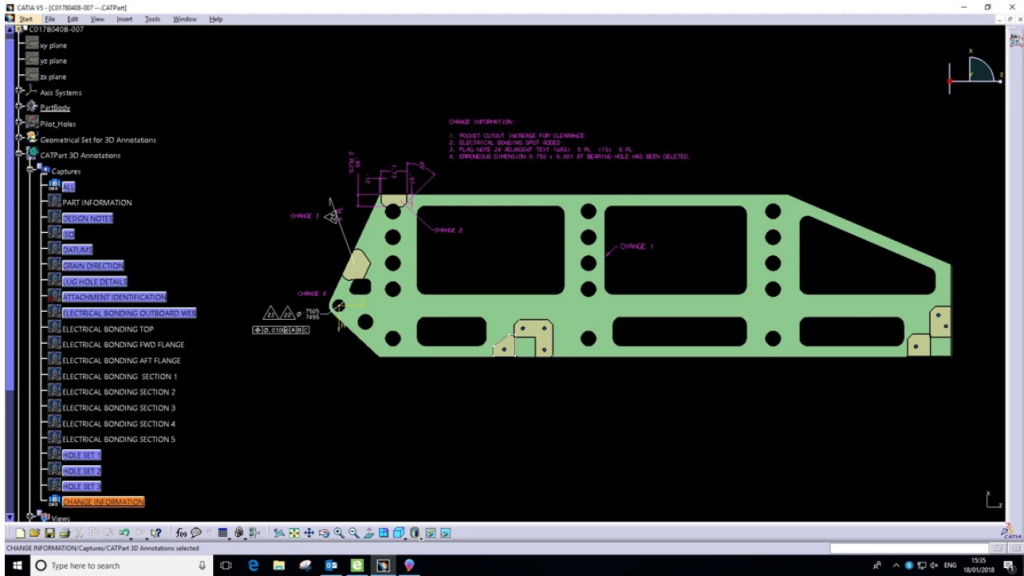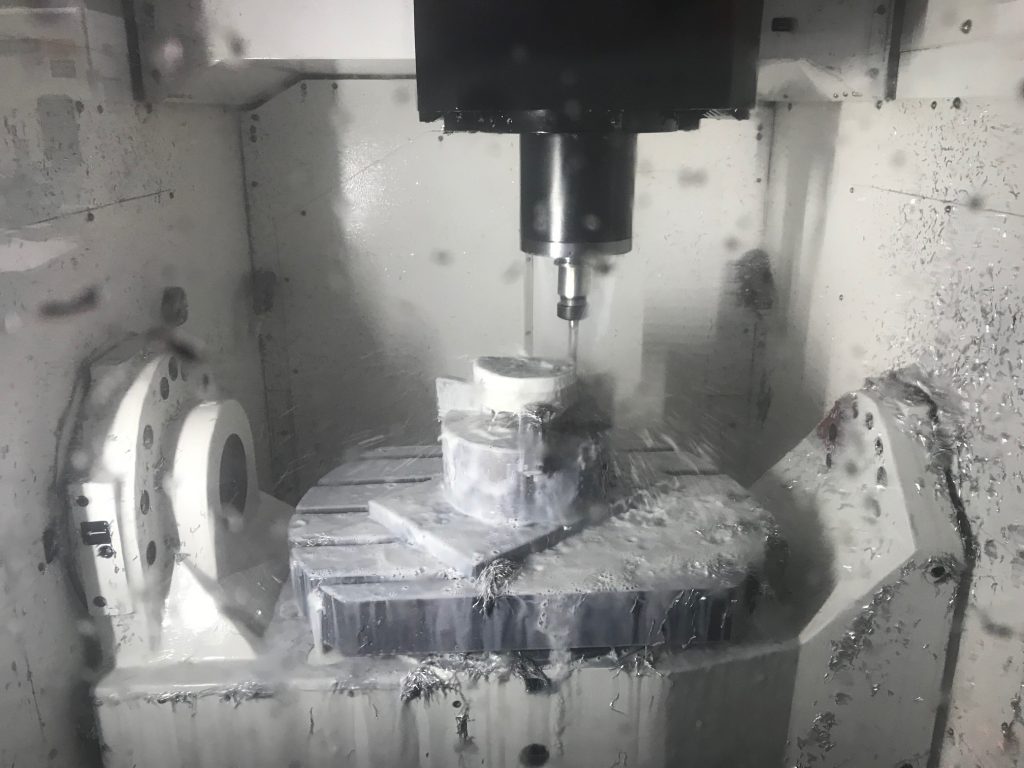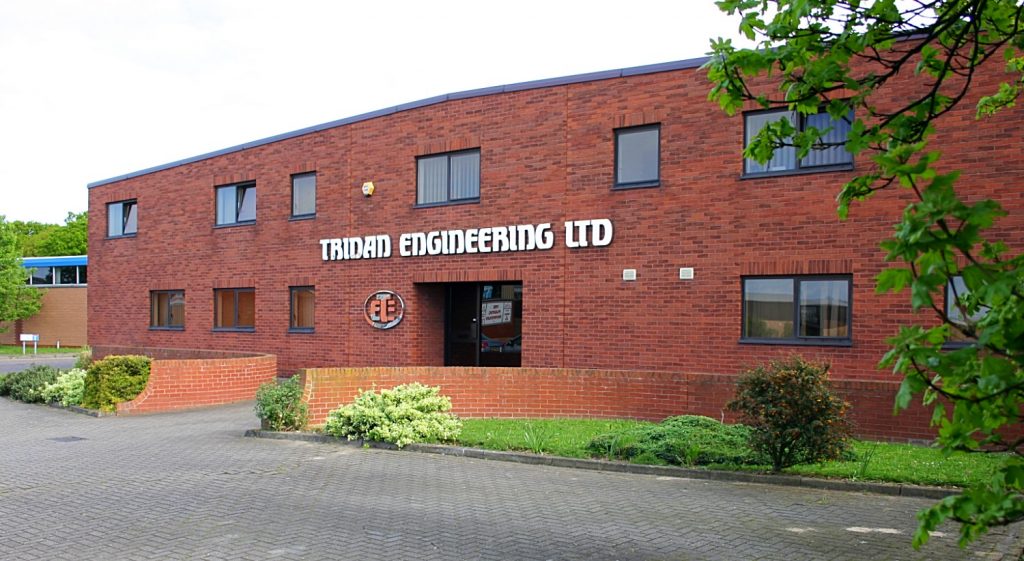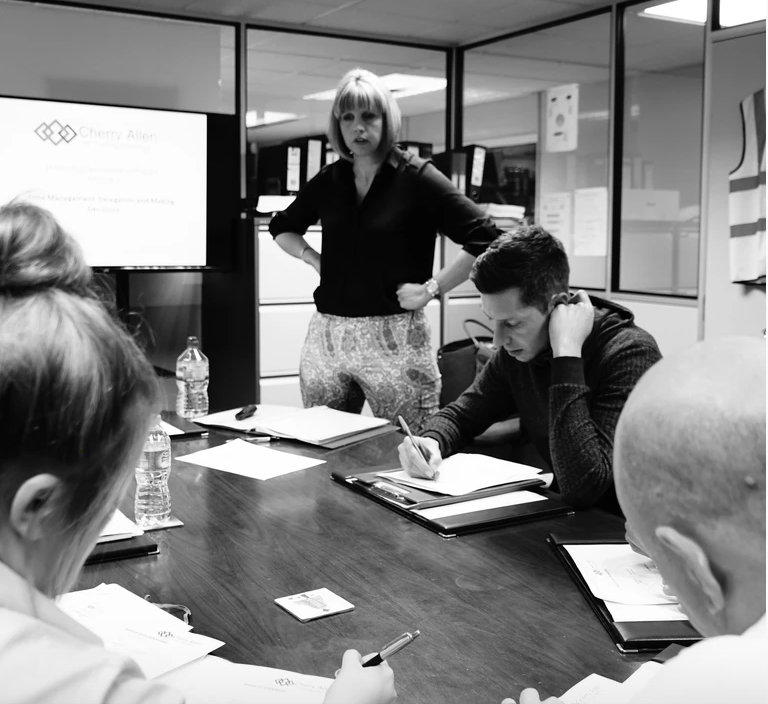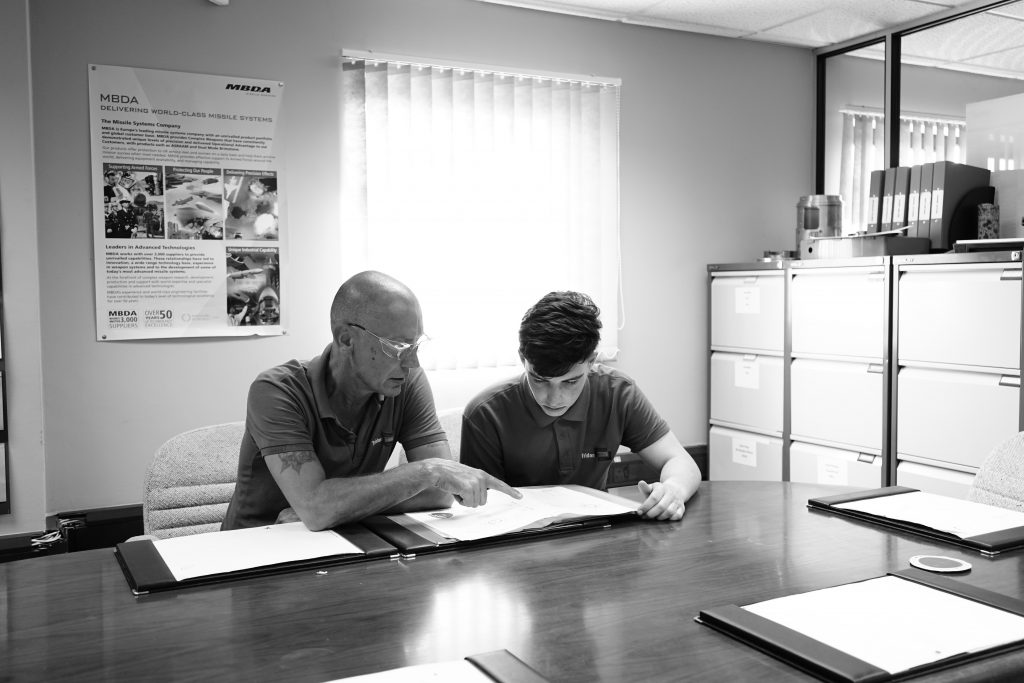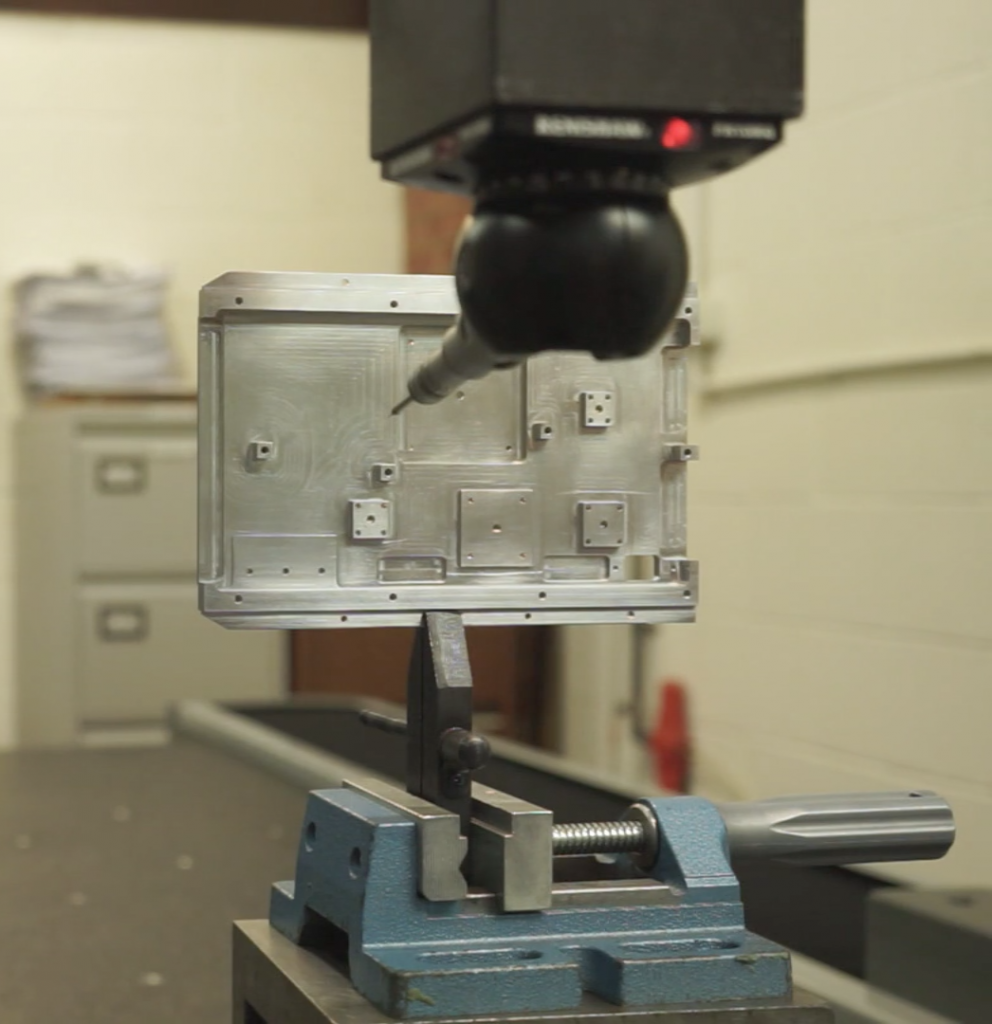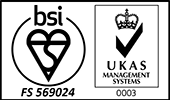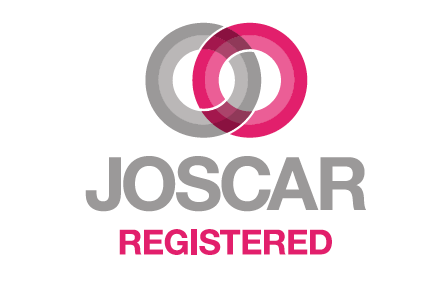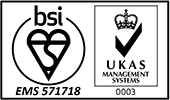The challenge
In our ninth month we are looking at our production engineering department. Taking the lead on our first case study of 2018 is our Senior Production Engineer, Peter Townsend, discussing 3D model as master and how using modern 3D CAD systems improves what we can offer as a company to our customers.
Our next January case study will be led by Paul Coupland, our Machine Shop Manager, discussing recent shop floor improvements.
Everything we do is precision focused so our task was to find those small areas of improvement and showcase how they make an overall big improvement.
Next month we’re looking at our approach to weekly customer schedules and how we set, maintain and evaluate KPI’s.
CASE STUDY 1 – 3D model AS master
In a model based definition (MBD) environment the 3D model becomes the master, with 2D drawings derived from the model as and when required.
Historically the 2D drawing has always been the design intent with all GD&T (Geometric dimensioning and tolerancing) and PMI (Product and Manufacturing Information) data included on the drawing and accompanying paperwork. If a model had been produced at this stage it only becomes a reference and takes a lower importance to the drawing.
In MBD by using modern 3D CAD systems the PMI and GD&T engineering information is inserted into the 3D model, therefore the information contained in the model is enough to manufacture and inspect the product without the need for engineering drawings.
The model-based definition environment gives designers greater flexibility and insight into the products they create.
“It also allows them to share designs with subcontractors to collaborate on and allows us to seamlessly integrate the design into our CAM Programming systems and assists with the inspection process.”
CASE STUDY 2 – SHOP FLOOR/Production engineering COLLABORATION
Knowing your weakness is your greatest strength! but being able to identify your own weaknesses before they appear is what we all strive for. We are always looking at how we can make the next step.
We identified areas where as a company, we could improve the flow of new work throughout the programming and first off production phase.
It was decided that we needed to pull the two departments closer together, both in communication and working practices. Interviews were held for the role of Production Technician.
Two candidates were chosen in a job share role, each spending a week in our production engineering department (PED) and then a week on the shop floor in a round robin approach. Gavin Rotchell and John Clover were chosen for the role, both having years of experience as CNC Machinists and a good knowledge of programming. Both are currently undergoing external training on our Cad Cam system, as well as on site training as part of their new roles.
This approach allows PED greater flexibility when new parts are released to the shop floor for production. By using one of the Production Technicians in proving out new programmes, fixtures, and methods, any errors, can be dealt with in a timely manner at the machine, without the need to involve PED. This job share role also increases our capacity in PED, giving us more man hours for new work, or time improvements on legacy parts.
”We have already seen the benefits of the dual role, with new work not only hitting the shop floor earlier, but first off parts proved and passed off quicker, plus the added benefit of a higher skilled workforce.”
